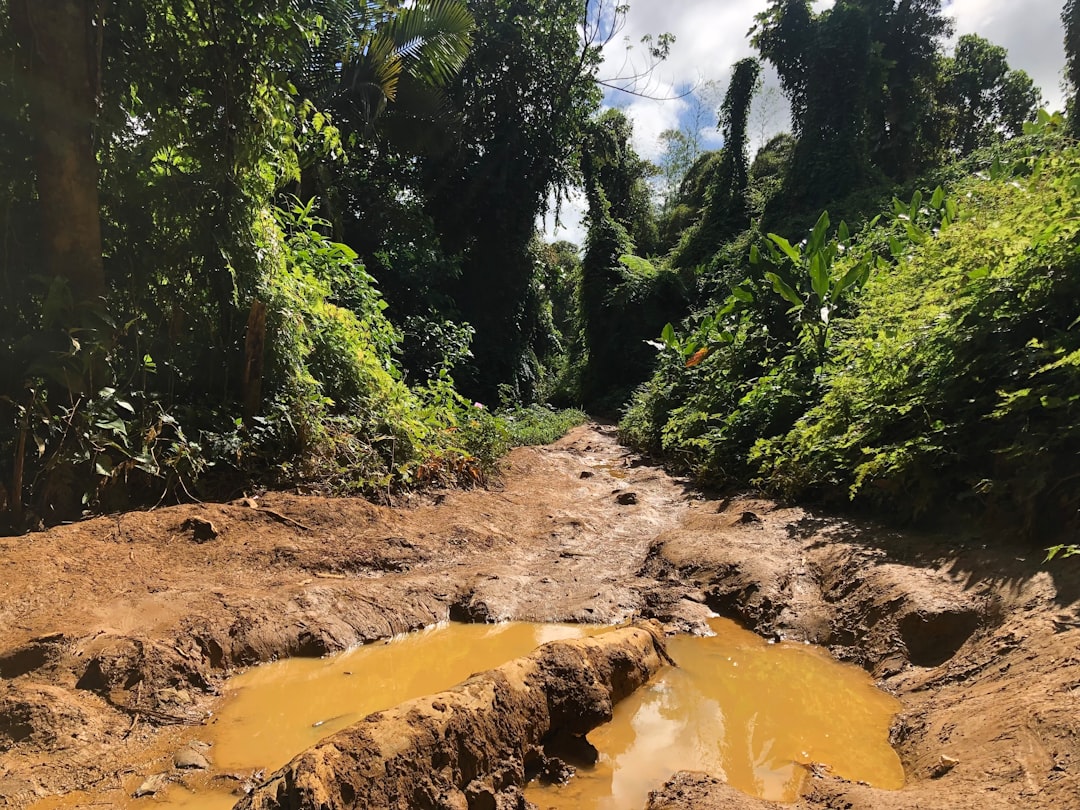What is it about?
I outline an approach to enable communiteis to explore complex societal and environmental problems through a design-based approach I term 'collaborative realisation'. Here, all stakeholders can be involved in exploring the problem, developing options for its resolution and assessing these against each other, in terms of benefits and potential losses.
Featured Image

Photo by Markus Spiske on Unsplash
Why is it important?
I extend the application of 'design thinking' to involve those stakeholders who own the problem - the end users within the affected community - throughout the process of inquiry, analysis and option generation. In a world where communities face ever-more complex social and environmental concerns, with no simple solutions, there is an urgent need for ways of thinking that embrace complexity, ambiguity and conflicting values, beliefs and priorities. My approach here aims to support an open and inclusive, democratic process of engagement with such problems to, hopefully, enable communities to jointly uncover the best options for their resultion for the group.
Perspectives
My approach is based on my experience over decades, as a practicing architect in the UK and as a business academic in the UK and Australia, working with design methods and scenario analysis and with a key interest in ethical decision making. I have facilitated group analysis of complex problems with a wide range of bodies, from local communities to multinational companies and multi-organizational regional groups. Issues that have been addressed with these groups include: post-carbon futures in Australia, e-government futures in Scotland, water security and flood risks in Australia and workplace futures for major organizations. In all of these, my focal concern has been to guide thinking on the impact of all options on the affected community of stakeholders.
George Cairns
Queensland University of Technology
Read the Original
This page is a summary of: Can Design Inform Effective Social Innovation?, The Design Journal, September 2017, Taylor & Francis,
DOI: 10.1080/14606925.2017.1370658.
You can read the full text:
Contributors
The following have contributed to this page










